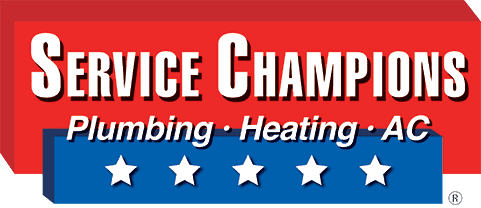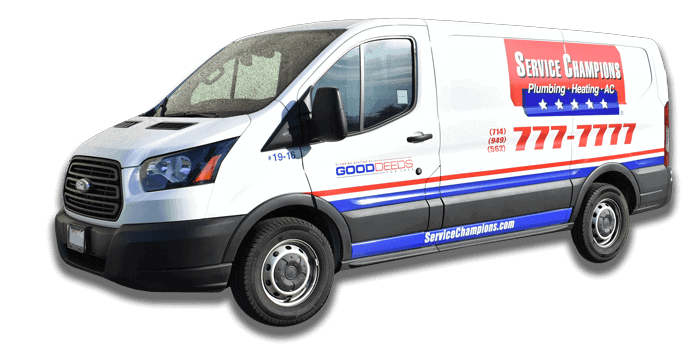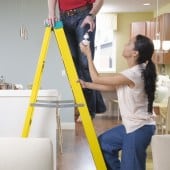Saving Energy When Heating Your Home
Saving Energy When Heating Your Home
Looking around your home for ways to be proactive and make a difference on your heating system’s energy consumption can have a huge impact on your monthly utility bills, as well as help you do your part with conserving natural resources. Making the effort to carry out energy efficient practices can be overwhelming, homeowners often don’t know just where to begin and what will make the biggest difference. Below are a few tips on how you can get started with offsetting your carbon footprint while saving money:
- Cooling and heating costs are wasted by drafts at door and windows. Apply weather stripping or replace stripping that is worn out. If you are not able to weather strip for any reason, try to block off the drafts as best you can. Heavy drapes at all windows and the patio door can help. Also filling in cracks on window frames with sealant or utilizing blockers such as the beanbag draft snake at the bottom of your doors.
- Yearly maintenance of your heating and cooling system. If you are not having your heating and cooling system serviced and cleaned by a professional at least once a year, you can be sure that your equipment is wasting energy. Your system can work up to 40% less efficiently when it is not serviced. This not only wastes energy, but also costs you more in higher utility bills. Make your appointment today.
- Switching out standard light bulbs with fluorescent bulbs. Although you may think these are a more expensive alternative than standard bulbs at first, after continuous use you will find that they use less energy and last longer over time and will end up paying for themselves.
- Lower your home’s water heater temperature. Many homeowners find that their home’s water heater temperate is set much too high, which is not only a waste of energy, but can pose a hazard in homes where there are young children exposing them to scalding tap water. Although some manufacturers set water heater thermostats at 140ºF, most households only require the temperature set at 120ºF. You should also ensure that your water heater is wrapped properly in insulation.
- Inspect your attic and heating duct insulation in both new and older homes. If your home is older you may find that your insulation has not been replaced since the home was built. Insulation has changed greatly over the last 20-30 years and addressing any issues will make a significant difference in your home’s efficiency. A newer home can also benefit from an inspection, as you may find that your builder has not done all that they could to insulate your attic and ducts, as they should be. Your Service Champions technician will check to see not only what type of insulation you have, but also how much there is. If it is not adequate, we will replace or supplement it.
- Install a programmable thermostat for better control. This device can be programmed to adjust the

temperature settings in your home so that you can conserve energy during off hours, when running the heat or AC might be a waste. Program your thermostat so that your system will kick on before you return home to ensure comfortable temperatures.
- Simple, yet easy ideas that we all know but may forget to practice. Turn off the lights when you leave a room in your home or office. When doing the dishes or laundry, stick to running full loads to conserve water and electricity; partial loads are a waste of resources. Skip the preheat cycle on your oven, except where food requires it. Put on socks and a sweater instead of raising the thermostat when it’s cold, and in the summer, use fans for additional cooling.
Contact us today for more ideas on how to save you money and make your home operate more efficiently!


